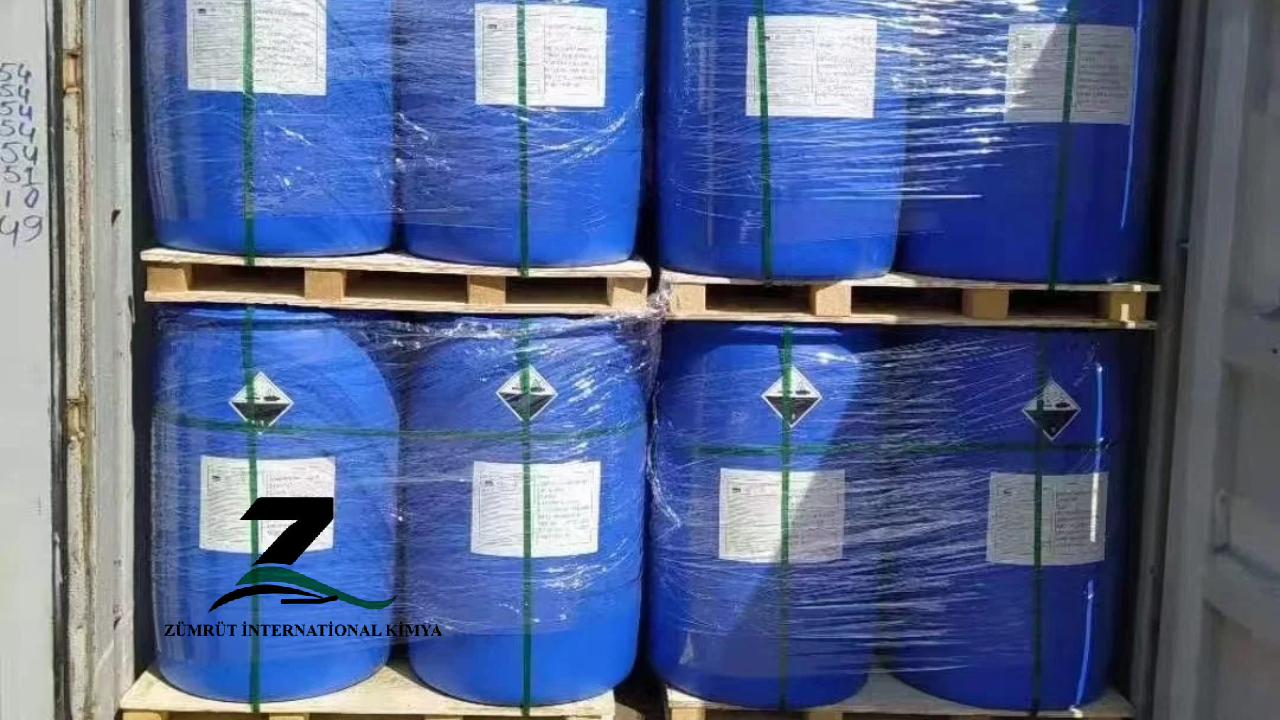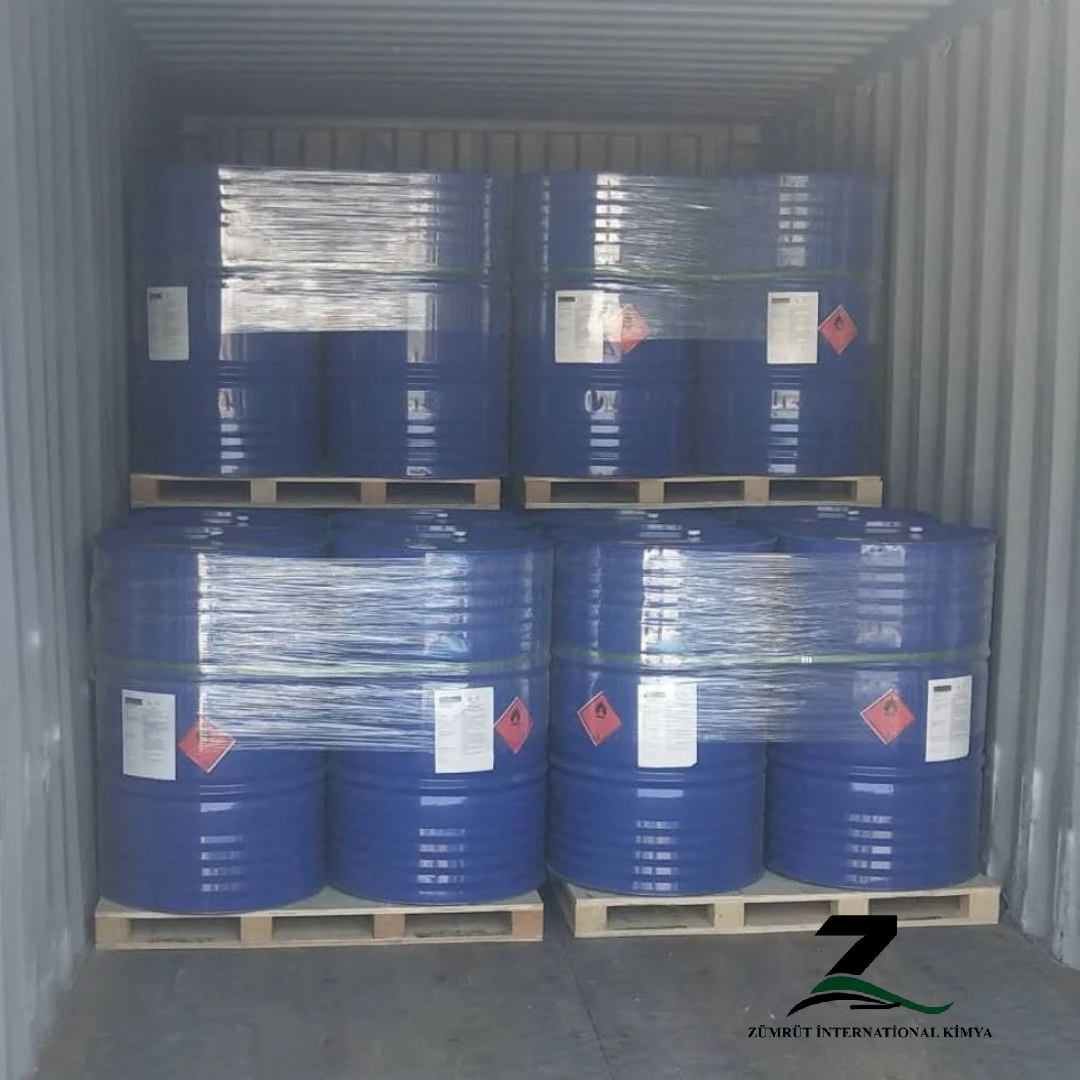
MONOETHANOLAMINE (MEA) INTRODUCTION
Monoethanolamine (MEA), also known as ethanolamine, is an organic chemical compound with the formula HOCH₂CH₂NH₂. It is both a primary amine and a primary alcohol. MEA is a colorless, viscous liquid with an ammonia-like odor. It is commonly used in various industrial and chemical processes, including:
- Gas Treatment : MEA is widely used in the gas industry for the scrubbing of acid gases like carbon dioxide (CO₂) and hydrogen sulfide (H₂S) from natural gas and refinery streams. This process is essential for purifying gas streams to meet environmental and commercial specifications.
- Chemical Synthesis : MEA serves as an intermediate in the production of various chemicals, including detergents, emulsifiers, polishes, pharmaceuticals, and corrosion inhibitors.
- Surfactants : MEA is a key ingredient in the production of surfactants, which are used in cleaning agents and personal care products.
- Agriculture : MEA is used in the formulation of agricultural chemicals such as herbicides and pesticides.
- Pharmaceuticals : In the pharmaceutical industry, MEA is used as a building block for the synthesis of certain drugs and as an emulsifier in some medicinal formulations.
Chemical Structure and Properties (MEA)
Chemical Structure :
- Chemical Formula : HOCH₂CH₂NH₂
- IUPAC Name : 2-Aminoethanol
- Molecular Weight : 61.08 g/mol
- Structure : MEA consists of a hydroxyethyl group (-CH₂CH₂OH) bonded to an amino group (-NH₂).
Chemical Properties :
- Physical State : Colorless, viscous liquid
- Melting Point : 10.3 °C
- Boiling Point : 170 °C
- Density : 1.018 g/cm³ at 20 °C
- Solubility : Miscible with water, alcohol, and acetone
- pH : Aqueous solutions are strongly alkaline
- Odor : Ammonia-like
Chemical Reactions :
- Basicity : MEA is a weak base and can react with acids to form salts.
- Esterification : Reacts with carboxylic acids to form esters.
- Amidation : Can form amides when reacted with acids.
- Dehydration : At high temperatures, it can dehydrate to form ethylenimine.

Applications of MONOETHANOLAMINE (MEA)
MONOETHANOLAMINE (MEA) has a wide range of applications across various industries due to its chemical properties. Some of its key applications include:
- Gas Treatment :
– CO₂ and H₂S Removal : MEA is extensively used in the gas industry to remove carbon dioxide (CO₂) and hydrogen sulfide (H₂S) from natural gas and refinery gas streams. This process, known as gas sweetening, is essential for ensuring that the gas meets environmental and quality standards. - Chemical Synthesis :
– Intermediate : MEA serves as an intermediate in the synthesis of various chemicals, including surfactants, emulsifiers, and detergents. It is also used in the production of herbicides, pharmaceuticals, and corrosion inhibitors. - Surfactants and Detergents :
– Production : MEA is a key raw material in the manufacture of surfactants and detergents. It reacts with fatty acids to form ethanolamides, which are used as non-ionic surfactants in cleaning products, shampoos, and soaps. - Textile Industry :
– Softening Agents : MEA is used in the textile industry to produce fabric softeners and anti-static agents. - Agriculture :
– Herbicides and Pesticides*: MEA is used in the formulation of herbicides and pesticides, helping to improve their efficacy and stability. - Pharmaceuticals :
– Drug Synthesis : MEA is used as a building block in the synthesis of certain pharmaceuticals. It is also used as a buffering agent and emulsifier in medicinal formulations. - Personal Care Products :
– Cosmetics and Toiletries : MEA is used in various personal care products, including creams, lotions, and shaving creams, due to its emulsifying and pH-adjusting properties. - Corrosion Inhibition :
– Protective Coatings : MEA is used as a corrosion inhibitor in various applications, including metalworking fluids, boiler water treatments, and protective coatings. - Concrete Additives :
– Grinding Aids : MEA is used as a grinding aid in the production of cement, helping to improve the efficiency of the grinding process and the quality of the final product. - Water Treatment :
– pH Adjustment : MEA is used in water treatment processes to adjust the pH of water and to remove impurities. - Leather Processing :
– Tanning Agents : MEA is used in the leather industry as a neutralizing agent in the tanning process.
The use of MONOETHANOLAMINE (MEA) in detergents
Monoethanolamine (MEA) is commonly used in the production of detergents due to its unique properties. Here are the key roles and benefits of MEA in detergents:
- Surfactant Production :
– Ethanolamides : MEA reacts with fatty acids to form ethanolamides, which are important non-ionic surfactants. These compounds are effective in reducing surface tension, allowing water to spread and penetrate dirt and grease more efficiently.
– Foaming Agents : MEA-derived surfactants contribute to the foaming properties of detergents, which is important for effective cleaning, especially in personal care products like shampoos and body washes. - Emulsification :
– MEA helps in the emulsification process, allowing the mixing of water with oils and greases. This property is crucial for cleaning products that need to remove oily stains from fabrics, dishes, and surfaces. - Stabilization :
– MEA acts as a stabilizer in detergent formulations, helping to maintain the consistency and performance of the product over time. It prevents the separation of ingredients and ensures uniform distribution of active agents. - pH Adjustment :
– MEA is used to adjust the pH of detergent formulations to the desired level. A balanced pH is important for both the effectiveness of the detergent and the protection of fabrics and surfaces being cleaned. It also ensures mildness, making the detergents suitable for use on skin. - Corrosion Inhibition :
– In industrial and household cleaning products, MEA can help inhibit corrosion of metal surfaces, such as washing machine parts and plumbing, thus extending the life of equipment. - Compatibility :
– MEA is compatible with a wide range of other ingredients commonly used in detergents, including other surfactants, builders, enzymes, and fragrances. This compatibility makes it a versatile ingredient in formulating complex detergent products. - Biodegradability :
– MEA and its derivatives are generally biodegradable, which is an important consideration for environmentally friendly detergent formulations.

Applications in Detergents:
- Laundry Detergents : MEA is used to formulate both liquid and powder laundry detergents, providing effective cleaning and fabric care.
- Dishwashing Liquids : MEA-based surfactants are effective in cutting through grease and food residues on dishes.
- All-Purpose Cleaners : MEA is used in multi-surface cleaners that require strong cleaning power without damaging surfaces.
- Personal Care Products : MEA-derived surfactants are found in shampoos, body washes, and facial cleansers, providing gentle yet effective cleaning.
Packing:
- Bulk in seagoing vessels/barges
- Bulk in flexitank cars
- Bulk in road tank cars
- Bulk in iso tank containers
Other packaging solutions are possible by agreement.
Toxicity and Safety of MONOETHANOLAMINE
- Toxicity: Can cause skin and eye irritation. Less irritant compared to DEA and TEA.
- Handling: Requires standard safety measures, including gloves and eye protection.
Summary
MEA: Contains one hydroxyl group and one amino group, is used primarily in industrial applications and personal care products.
TECHNICAL DATA SHEET OF MONOETHANOLAMINE (MEA)
| Characteristic | Test Method | Unit | Value | |
| PURITY | MA – 503 (GC) | WT.% | 99 MIN. | |
| WATER | ASTM D – 1364 | WT.% | 0.2 MAX. | |
| COLOR Pt-Co | Steel drum | ASTM D – 1209 | – | 30 MAX. |
| HDPE drum / IOS tank | 10 MAX. | |||
| SP. GR (20/20 °C) | ASTM D – 891 | – | 1.017 – 1.019 | |
| EQUIVALENT MOL. WEIGHT | MA – 503 | – | 61 – 62.5 | |



